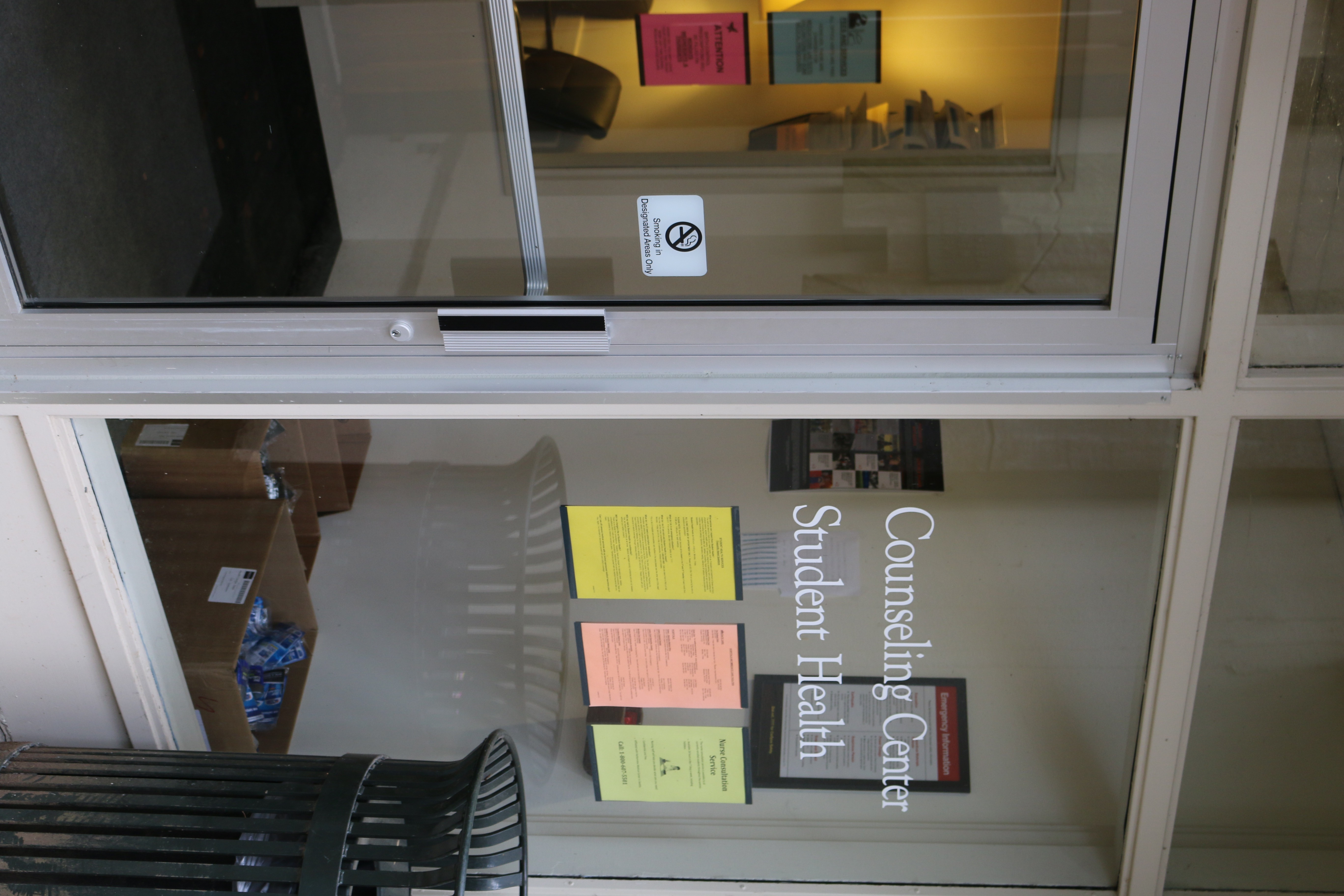
By Natalie Rich /// Staff Writer
Any student who opened an email entitled “Lewis & Clark College Student Health Survey” was met with a perhaps familiar line of questioning: rate your personal levels and history with regards to mental health, physical fitness, nutrition, alcohol and substance use, violence, disabilities and sexual health. On Feb. 22, the National College Health Assessment (NCHA) survey was sent out to every undergraduate, graduate, and law student at Lewis & Clark. The survey, created by the American College Health Association, is designed to take stock of student health and behavior.
“Schools choose to participate in this, and more than 300-400,000 people have taken it,” Associate Director of Health Promotion Melissa Osmond said. “We first started participating in 2005, since 2010 we included law and grad [students].”
While there are other similar health surveys, such as the survey given by the Core Institute, which is focused primarily on substance use and abuse, NCHA covers the most subjects.
“We prefer NCHA because it covers a more broad spectrum of health areas,” Osmond said.
Since LC has been using the NCHA survey since 2005, LC has primarily used this survey to assess trends.
“We use the surveys to get an idea of where there are areas where we need to pay attention, such as if there’s indicators around alcohol abuse of increases in mental health issues,” Osmond said. “We can use that data to help support asking for more resources in the area of wellness.”
Essentially, if the data proves that the school is lacking in certain areas as far as student wellness, the Wellness Center can use that data to petition for more funds from the school to allocate towards alleviating and preventing that problem.
The survey is also used to assess the effectiveness of programs. For example, if high alcohol use among students is an identified problem in the survey, and the program subsequently implemented to address that issue is successful, the survey should reflect that. This is important to show to those on the Board of Trustees, which is in charge of allocating resources in the future.
In addition to LC’s own raw data, every school receives a reference group report, which is a compilation report of every school who participated in the same survey in the same time period. That way, schools can see how their students’ behavior compares to national trends.
“We like to celebrate the things we look good in,” Osmond said. “I know that consistently our students report a higher level of physical activity and better nutrition than. say, the reference group does. Obviously there are outliers, but the general trend is that.”
With regards to the response rate, the preferred minimum response rate nationwide is approximately 25%. Osmond said that the Lewis & Clark undergraduate campus average is 25-30%, which she remarks, “is very high nationally.” As for the graduate school, the answer rate was originally quite low, but more recently they’ve reached just under 25%. The Law School reported a 22-27% response rate.
Despite the insistence of the importance of this survey, some students felt less compelled to take it.
“I’m pessimistic about it,” Halle Carrier ’19 said. “I don’t want them to know what I think.”
In general, students seemed to either ignore the survey or take it quickly and apathetically.
“I did it, it wasn’t bad,” Zoe Mitchell ’19 said.
To address the issue of anonymity, Osmond clarified that it is a confidential process. The emails with the survey link on them are sent from the ACHA directly, because LC sends them a blanket list of their entire student address book. LC cannot see the answers given by any particular student, and the only direct confirmation they get of any student even taking the survey is when the ACHA sends them the emails of the students who won the random prize drawing.
Though the survey may feel tedious and unnecessary to some students, Osmond hopes that students will take it anyway, stressing the information gained from this survey is useful and vital to getting funds for necessary programs.
“This information is important to us,” Osmond said. “By no means do I want to coerce anybody into taking the survey, but it really does help us understand the needs and…unmet needs, of students when it comes to health-related things on campus. Especially with counseling services. We know that’s an area of high demand, and we want to meet that demand.”
Subscribe to the Mossy Log Newsletter
Stay up to date with the goings-on at Lewis & Clark! Get the top stories or your favorite section delivered to your inbox whenever we release a new issue.

Leave a Reply